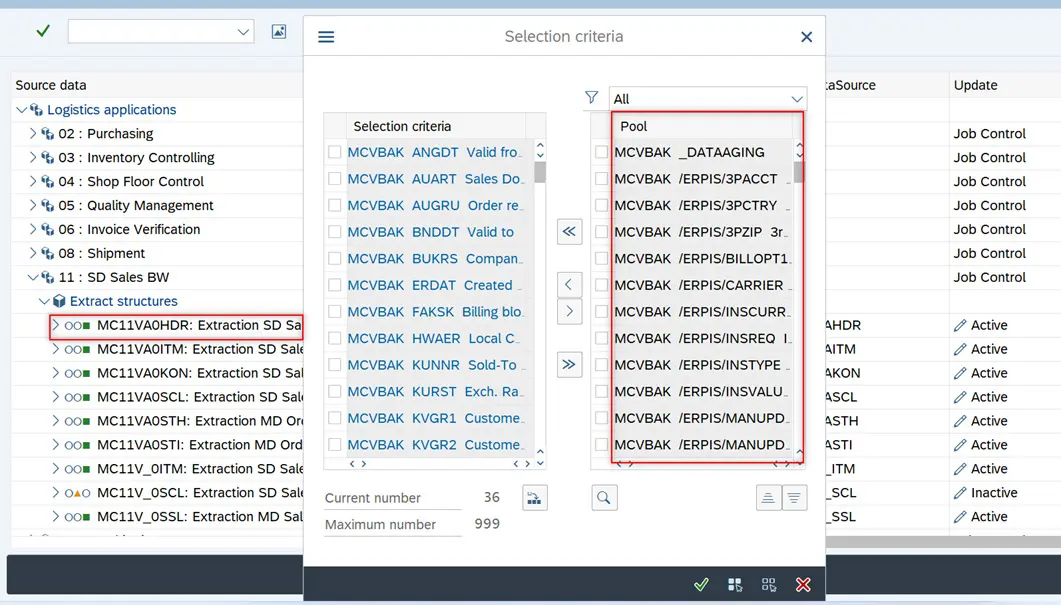The Functioning of SQL Server Change Data Capture
The SQL Server Change Data Capture feature was first launched by Microsoft in 2005 and had advanced “after update”, “after insert”, and “after delete” capabilities. However, due to its invasive and complex nature, it did not find much favor with the DBAs. Consequently, another version was launched in 2008 that enabled DBAs to directly capture changes made to historical data. This technology is still in use today.
The
Functioning of the SQL Server Change Data Capture
SQL Server CDC captures insert, update, and delete changes made to the SQL Server. The details are then stored in an easy-to-understand relational format. All information about changes made to a target database like columns and metadata are available in the CDC. These changes are stored in tables that replicate the structure of the columns of the tracked tables at the source. Access to the changed data in tables is strictly controlled.
The ETL
(Extract, Transform, and Load) application is the best example of the use of
this SQLServer Change Data Capture technology.
The application moves the change data from the SQL source tables incrementally
to a data mart or a data warehouse.
What attributes
make the SQL
Server Change Data Capture a
leader I n this field? In other technologies, the source tables in a data
warehouse must be constantly refreshed to track any changes made to them. This
is a very tedious and time-consuming process. SQL Server CDC, on the other
hand, allows a smooth flow of data, helping users to apply it to various target
platforms.
This is how SQL Server Change Data
Capture works and why it
is so important for large data-driven organizations.



Comments
Post a Comment